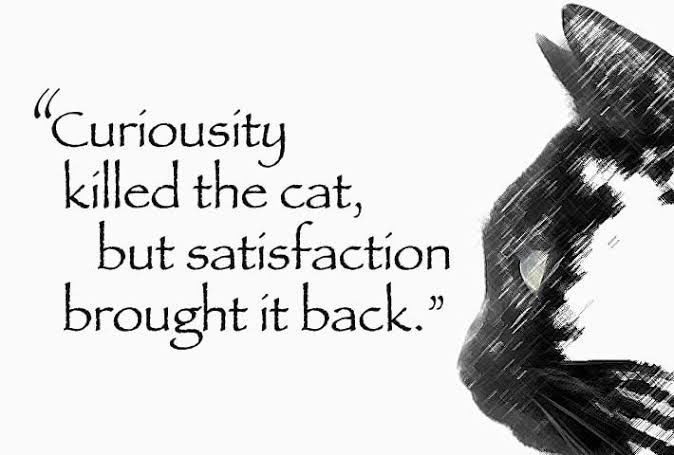Ukraine rifles its history for heroes
But history may matter more to you if it has been rough, as Ukraine’s has. As Viktor Yushchenko, the president whose path to power included a disfiguring attempt on his life, told the Canadian parliament last month, Ukraine has declared independence six times in the past 90 years. His job, he said, was to make sure the most recent declaration, in 1991, was the last one. Even the national anthem takes a bleak view. Its first line is: “Ukraine has not yet died.”
…
Yaroslav the Wise, the 11th-century prince of Kievan Rus, was named the winner in a last-minute surge, edging out western Ukrainian partisan leader Stepan Bandera, who led a guerrilla war against the Nazis and the Soviets and was poisoned on orders from Moscow in 1959. When the programme’s editor cried foul, alleging that Yaroslav’s backers had flooded the show with computerised phone-in votes, the story suddenly became irresistible abroad. After all, stuffed ballot boxes have figured prominently in recent Ukrainian politics, sparking the 2004 orange revolution.
The contretemps is being framed as yet another example of the divide between western and eastern Ukraine, where the Soviet portrayal of Bandera as a traitor still lingers. That would be a mistake. The real story of Ukraine is the astonishing rapprochement between east and west, which began in 1991 and accelerated after 2004, when big business decided it paid to buy into independence.
Related:
Did Yushchenko Poison Himself?
